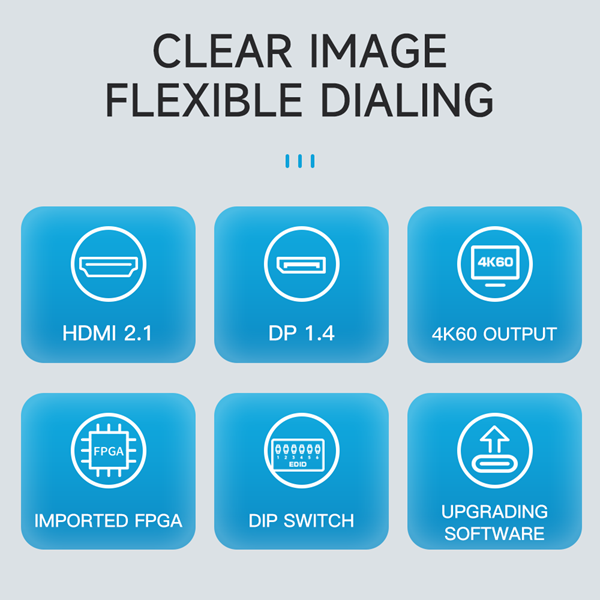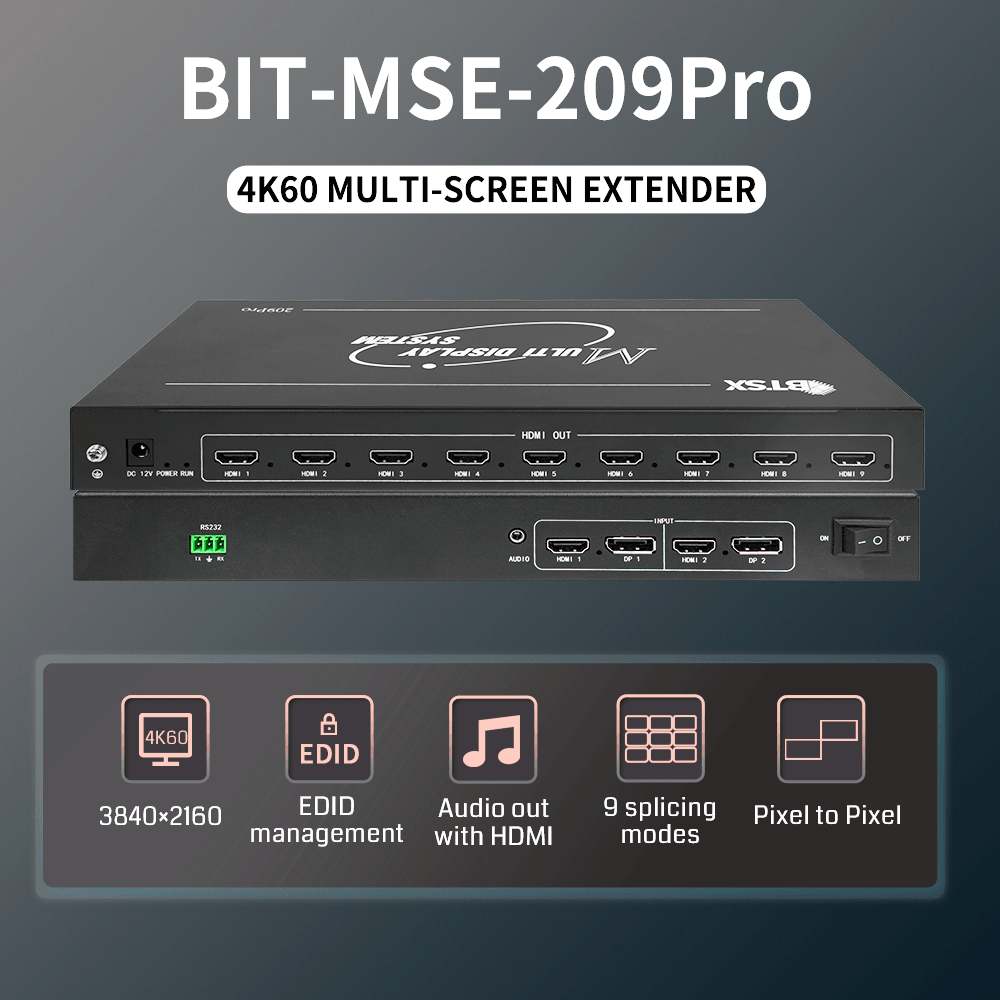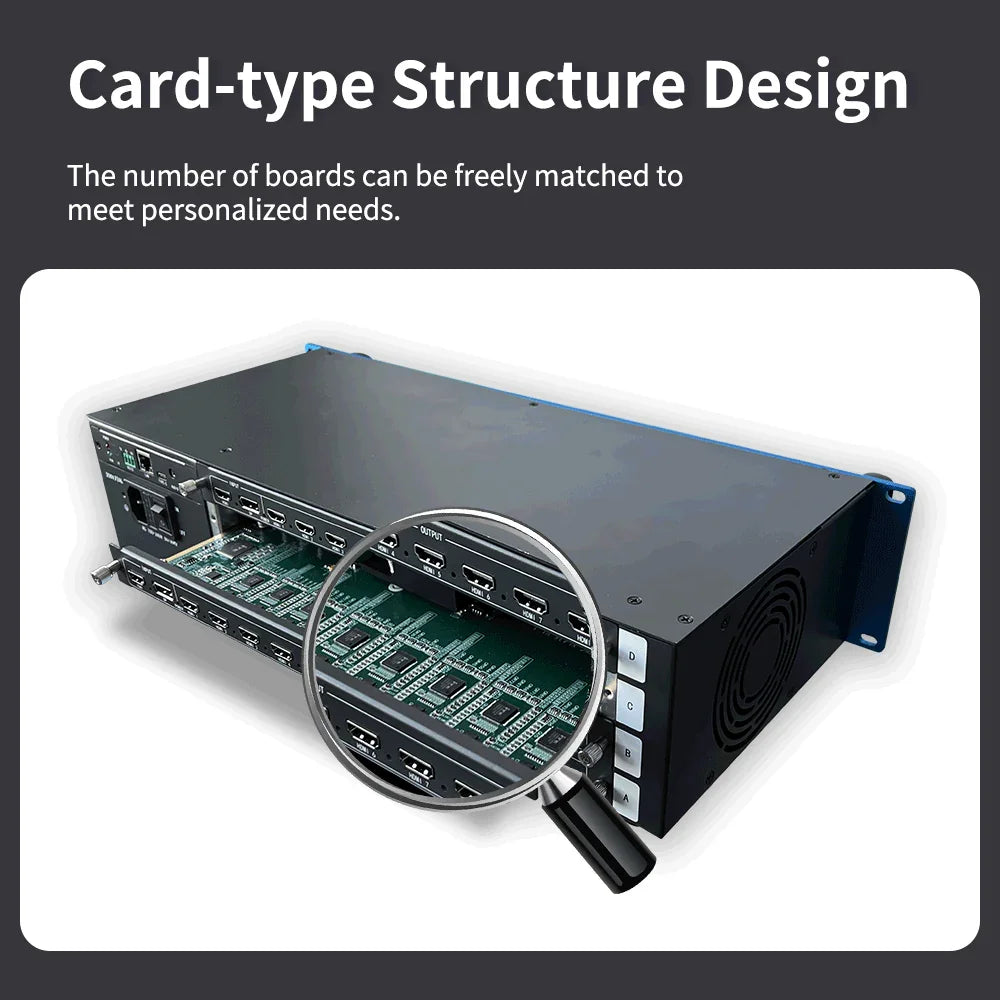LCD video walls have become a popular solution for large-screen displays in commercial settings, despite the fact that they often have visible seams between the individual LCD panels that make up the display. So why are LCD video walls still commonly used despite this visible seam issue?
To understand why it's important first to understand how an LCD video wall works. An LCD video wall comprises multiple LCD panels arranged in a grid pattern to form a single large-screen display.
After multiple LCD screens form a video wall, use the video wall controller to connect computers or other input sources, and then output and connect these LCD screens one by one, and finally make a single large screen composed of LCD screens display the input source. At this time, as multiple screens are playing a single image, the total resolution of the image is as high as the screen can go (provided the video wall controller supports this resolution)





